Would you be convinced if I told you that bugs are literally beneficial to soils? Well, perhaps not all the time, but dead bugs in garden soil actually save the day.
In this article, I will give you the advantages and disadvantages of dead bugs, the harmful types of garden bugs, the beneficial ones and the roles they play in the ecosystem.
Dead bugs are good for soil. They are said to be an accelerator of plant growth in the gardens.

The live bugs, however, might not be beneficial. In order to ensure good plant performance, it is important to control the insect population in your gardens. You want to encourage the good bugs, and eliminate the bad ones.
Although the plant feeders will become pests, most bugs perform useful functions within the soil-plant system. These include but not limited to boosting plant growth, controlling attacks by pests and diseases and enhance microbial activities in the soil.
Table of Contents
Benefits of Leaving Dead Bugs in the Soil
As long as the dead bugs in your soil were not killed with chemicals or pesticides, it’s perfectly fine to leave them be. In fact, we already know that organic matter of all types decomposes nicely to improve soil health, dead bugs are no different.
In fact, science has shown certain types of dead bugs are incredibly beneficial. According to a three-year study at UC Davis, one researcher found that cicada carcasses greatly increased the soil’s nitrogen levels as well as beneficial bacterial and fungal growth.
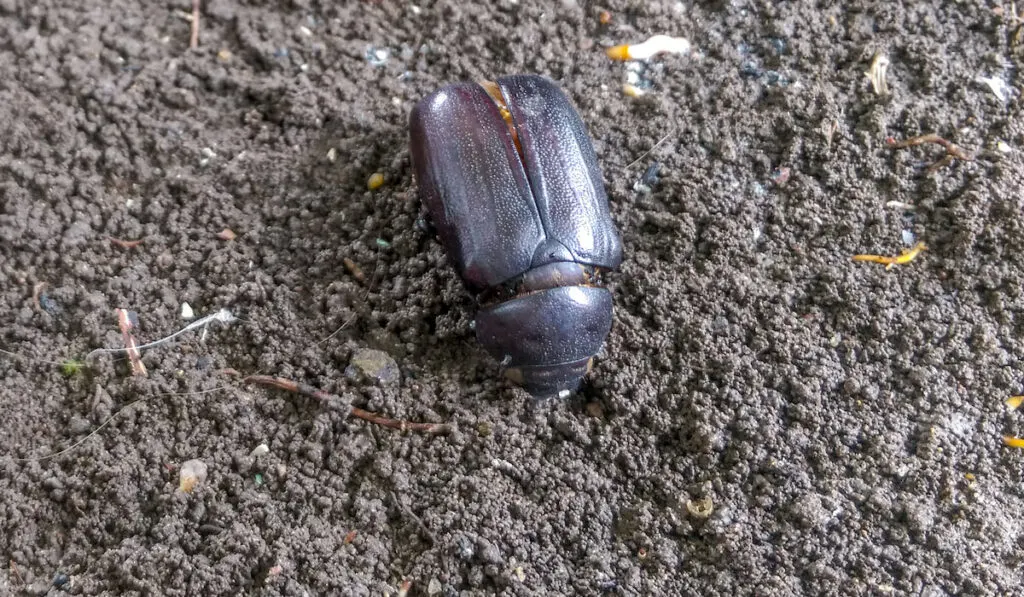
In fact, in that same study, some varieties of plant grew almost ten percent larger than flowers whose soil was not enriched with dead cicada bugs. (source)
A similar study showed that the high protein and nitrogen content of Mayflies had a positive effect on plants. (source)
Even so, don’t expect to see bags of dead bugs at the garden store anytime soon. Mass quantities are not easy to grow for most beneficial bugs, especially when there are much cheaper alternatives.
You can, however, rest easy knowing that dead bugs are beneficial to your soil.
What about live bugs, how do they help?
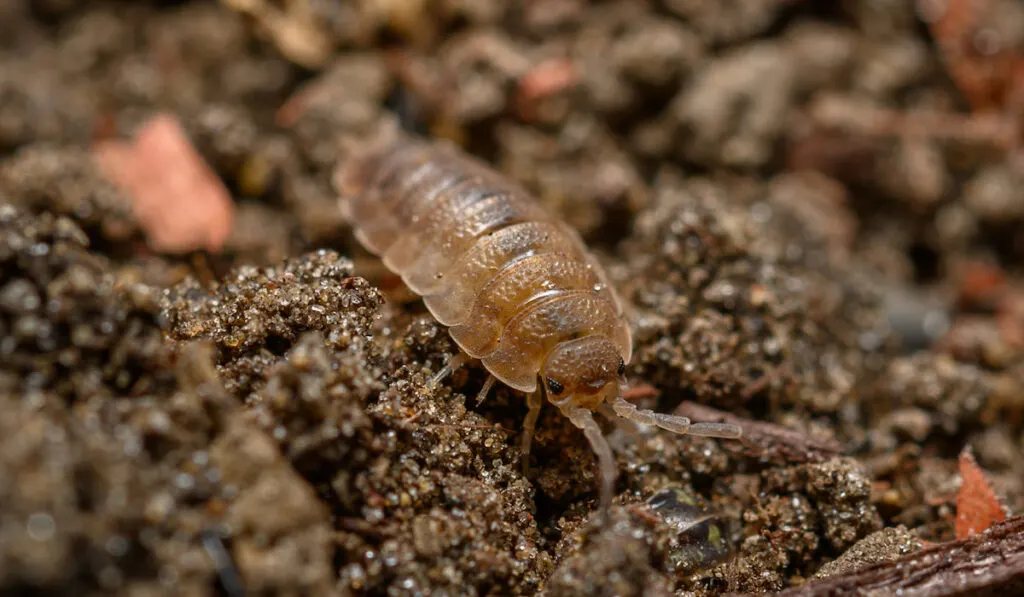
Examples of Dead Bugs Found in Soil
It is no doubt that there are thousands of species of bugs build their home in the soil. These include:
- Insects, like springtails, beetles, and ants.
- Crustaceans like sowbugs.
- Arachnids like spiders and mites.
- Myriapods, like centipedes and millipedes.
- Scorpions.
It makes sense that bugs that live in the soil also die there and, so, are the most common type of dead bugs found. However, flying bugs may also fall to the ground when their life cycle is over.
In general, neither type of bug, when dead, is of any concern for the average garden.
Decomposition of Bugs in Soil
Decomposition is the process by which dead organic substances are broken down into simpler organic or inorganic matter such as water, carbon dioxide, simple sugars and mineral salts.
The time taken by dead bugs to decompose in soil varies from one type to another. For them to decompose there are a number of factors that need to be considered.
The top three factors that affect the decomposition rate of bugs in soil are:
1. Temperature
Warm temperatures increase the rate of decomposition while cold temperatures reduce the decomposition rate.
2. Soil acidity
A highly acidic soil will reduce the bugs to unrecognizable components very fast thus the decomposition rate is very high as compared to saline soils.
3. Type of soil
Clay soils tend to have high water retention capacity hence low levels of oxygen. This will slow down the rate of decomposition.
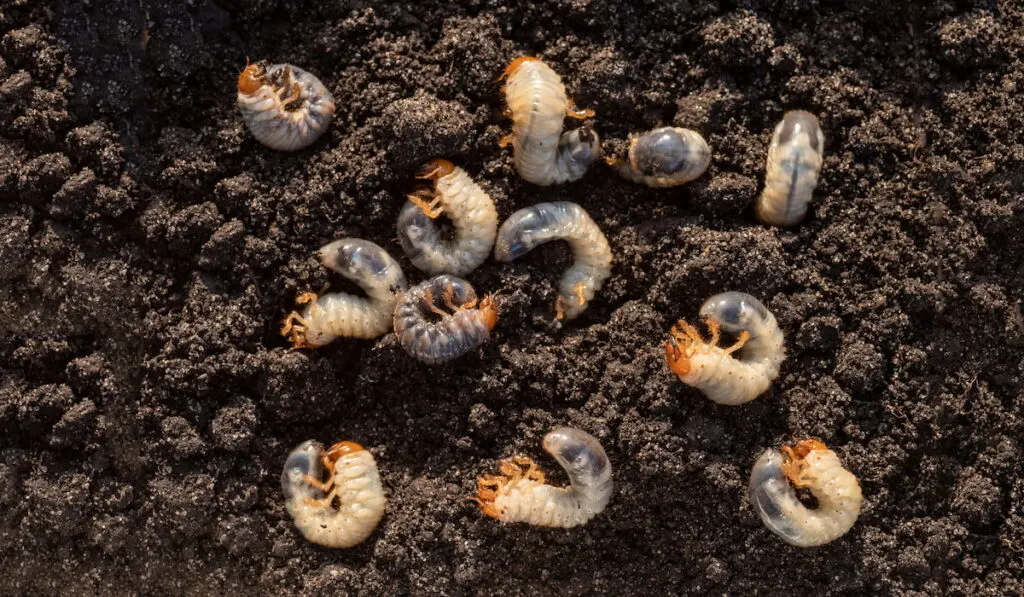
8 Benefits of Live Bugs in the Soil
1. Shred organic material.
Bugs increase the area accessible to microorganism attack by shredding dead plant residue and burrowing into coarse woody scrap. The shredders act like can-openers and greatly increase the speed of decomposition.
Bugs ingest decaying stuff to eat the microorganism and fungi on the surface of the organic material.
2. Stimulate microorganism activity.
As bugs feed on microorganism and fungi, they stimulate the expansion of mycorrhizae and different fungi, and also the decomposition of organic matter. If grazer populations get too dense the alternative result will occur and populations of microorganism and fungi can reduce.
3. Mix microbes with their food.
Bugs assist in distributing nutrients through the soil, and by carrying microorganism on their frame and through their system. By mixing microbes with their food, bugs enhance organic matter decomposition.
4. Mineralize plant nutrients.
As they feed, bugs mineralize a number of the nutrients in microorganism and fungi and release nutrients in plant-available forms.
5. Burrow.
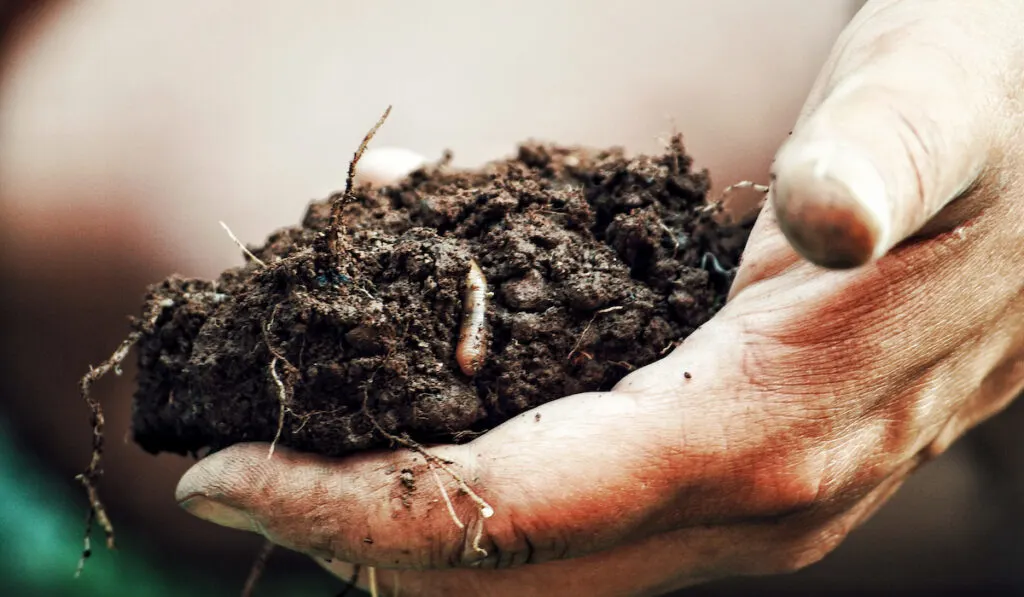
Comparatively, few invertebrate species burrow through the soil. Yet, at intervals any soil community, burrowing bugs and earthworms exert a colossal influence on the composition of the overall fauna by shaping environs.
Burrowing changes the physical properties of soil, together with consistence, water-infiltration rate and bulk density.
6. Stimulate the succession of species.
A variety of natural bio-organic chemicals fills the soil. Complete digestion of those chemicals needs a series of the many varieties of microorganism, fungi, and different organisms with completely different enzymes.
At any time, solely a little set of species is metabolically active. Soil bugs consume the dominant organisms and allow different species to maneuver in and take their place, therefore facilitating the progressive breakdown of soil organic matter.
7. Control pests.
Some bugs may be damaging to crop yields, however several others pose great benefits to the plants. Some (the specialists) take advantage of solely one sort of prey species. Others (the generalists), like several species of centipedes, spiders, ground-beetles, rove-beetles, and gamasid mites, take advantage of a broad species of prey.
8. Enhance soil aggregation.
In most soils, the upper layer of soil has been through a series of numerous activities. When the soil passes through these bugs, it is thoroughly mixed with organic matter which contains organic and inorganic substances required for the growth of fungi and bacteria.
A critical dilemma in pest control is that tillage and in the application of pesticides have huge effects on non- target species.
Extreme land use (particularly pesticides, tillage and monoculture), exhausts soil diversity. As total soil diversity declines, predator population drops sharply and also the possibility of pest outbreaks will increase.
Are there any bugs that are bad to the soil?
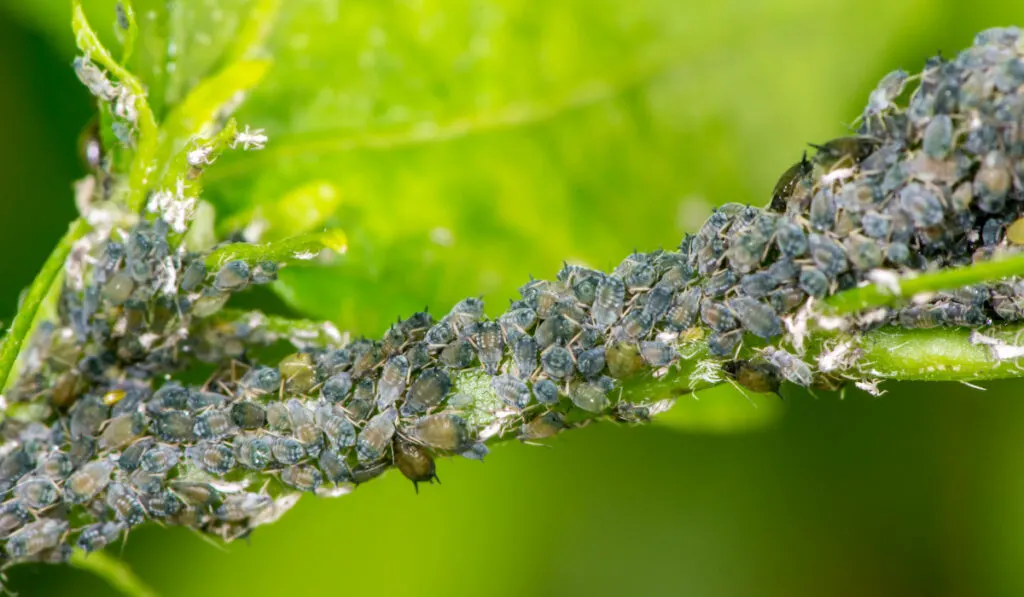
Bugs That Are Harmful to a Garden
The list of unwanted bugs in a garden is too long for this post, however, here are some of the most common garden pests and how they affect your growing plants.
| Bug | Harmful Effects on a Garden |
| Aphids | They suck sap from leaves of young plants thus leads to stunted plant growth. |
| Cutworms | They sever the plant roots and stems. |
| Lace bugs | They suck sap and draw juices from leaves and the leaves will develop yellow spots. The leaves will eventually start falling off. |
| Leafhoppers | They transmit diseases and suck out all the green chlorophyll used by plants to manufacture food. |
| Leaf miners | They burrow into leaves and cause leaf blotch by mining the leaves. |
| Mealybugs | They suck sap from plant leaves, leaving the plant lose and weak. |
| Spider mites | They puncture the lower sides of the leaves and start sucking out chlorophyll that is used to make plant food. |
Chances of Having Bugs in Potting Media
It is no news to find bugs in any potting mix. For you to do away with them, first, you have to spot the entry points of those bugs. The entry points may be via the soil and/or gardening equipment.
Contaminated soil has high probabilities of getting bugs. In addition, if the tools to be used are unclean, there are probabilities of getting bugs’ eggs and larvae hidden in them.
If you are using soil for seed starting or otherwise want to be very sure that all bugs are dead, you can sterilize your soil and equipment.
To sterilize soil, heat it at a temperature of 250 Fahrenheit for about half-hour. In the case of farming tools, wash with bleach and so rinse in clean water.
Conclusion
Dead bugs cause more good than harm in the soil and should not be sprayed off or picked out. However, not all live bugs are beneficial. If you find harmful live bugs in your potting soil, you may want to sterilize it but, after doing so, the now-dead bugs can be left in to enrich the soil.
Additional Resources
- https://plantcaretoday.com/bad-garden-pests.html
- https://www.nrcs.usda.gov/wps/portal/nrcs/detailfull/soils/health/biology/?cid=nrcs142p2_053861
